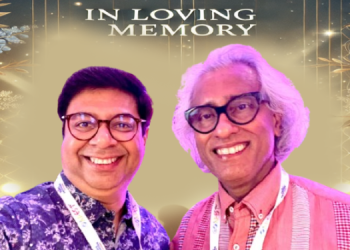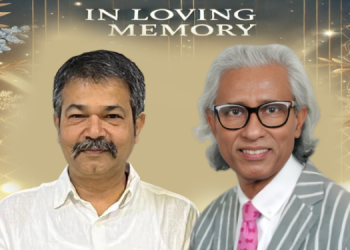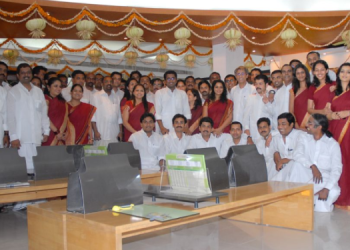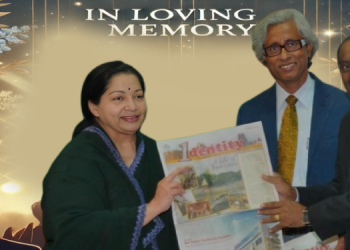GroupM announced their advertising expenditure (adex) forecasts for 2020, as per the GroupM futures ad spends 2020 report ‘This Year, Next Year’ (TYNY) 2020, India will continue to top the list as the fastest-growing major ad market in the world.
At the media launch of TYNY, Prasanth Kumar, CEO – GroupM South Asia shared how the industry has shaped and evolved over the last decade. Here are his key points.
Progressive Decade for Advertising
Kumar highlighted how the decade has been very progressive for the industry; “The AD-EX has actually grown 3X which has got us into the top 10 Global Markets” said Kumar.
According to the TYNY report 2020, TV has grown by 13% which means a total growth of 3X in the last 10 years. What stood out for Kumar in the last decade was the staggering growth by digital, “What’s more interesting is to see how the digital asset of the entire ADEX has grown by 18X in the last 10 years which has given a 38% CAGR” said Kumar.
Kumar felt that it has been an exciting last 10 years, on how the overall industry has changed has seen progressive growth.
A Decade of Consolidation
Rightly, Kumar spoke about how consolidation has also been a part of the past decade. “A lot of consolidation has happened, sports broadcast has consolidated into just a couple of networks, the radio industry has seen consolidation. The audiences have also consolidated into the digital space and onto major platforms like Google, Facebook, Amazon, and many other platforms that have come in the last two or three years.”
Decade of Indian Unicorns
Kumar highlighted how Indian companies have been the true unicorns in the past decade. Kumar said, “Some Indian unicorns were born in the last 10 years such as Flipkart, BYJU’S, OYO, PhonePe that became large players changed in the business of this industry.”
Changes in TV distribution and measurement
Kumar went on to highlight the changes in television distribution and measurement. “Some of the aspects of the measurement and especially TV distribution and in the last 10 years have been when TAM had a significant change, and rest became history. The three phases of digitization that took place from 2012 to 2015 and how the New Tariff Order was implemented in the broadcast sector that changed a lot. In fact, there is a lot more to watch out in this space this year.”
Emergence of sporting leagues and scale up of IPL
Speaking on the sports industry, Kumar said, “Cricket has been always big and has become even bigger. However, we have seen the birth of multiple sporting leagues, especially Kabbadi and how the Kabbadi league has become a massive phenomenon in the country.”
Affordable smartphones and cheap data propelled India to mobile only market
Kumar highlighted how India has become a mobile-first country with the deep penetration of smartphones and availability of cheap data. “Affordable smartphones and cheap data have changed the media landscape and consumption of media within the digital medium. Over 600 million smartphone users with 665 active users access the internet.”
Growth of E-Commerce and digital payments
The last 10 years for the e-commerce industry have been extremely significant. The consumer universe is touching a whopping 300 million mark which has had a significant impact on the mobile wallets. Digital adoption in India has also grown at an exponential rate.
Tremendous appetite for OTT and thus varied content
Kumar shed light on the boom in the OTT space. “The OTT space in India gave sports a huge boost through LIVE streaming. With over 40 OTT players in the country there is a sudden abundance of content creation.”
Migration with media
Kumar spoke about the migration of media and said, “The many mediums that are now available for content consumption have given the audience a lot of choice, and essentially we saw a behavior consumers are migrating through different forms of media, from print to digital to TV or radio. That’s a trend we’ve seen in the last eight years.”
Emergence of newer options with media
On how the emergence of new media has changed a modern day media planner’s job, Kumar said, “In 2010 we had about seven or eight options for clients to look at for media planning solutions. We had our opportunities that led to a lot more granular and real time access to consumer data. And now, we have multiple sources of data with the help of technology and the use of media, which has given the possibility of an integrated media plan.”

















